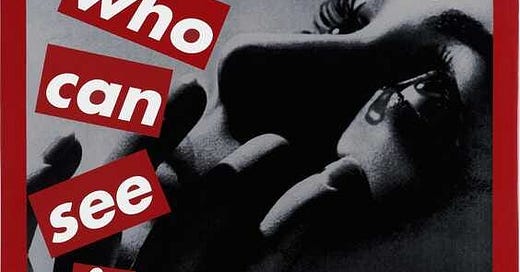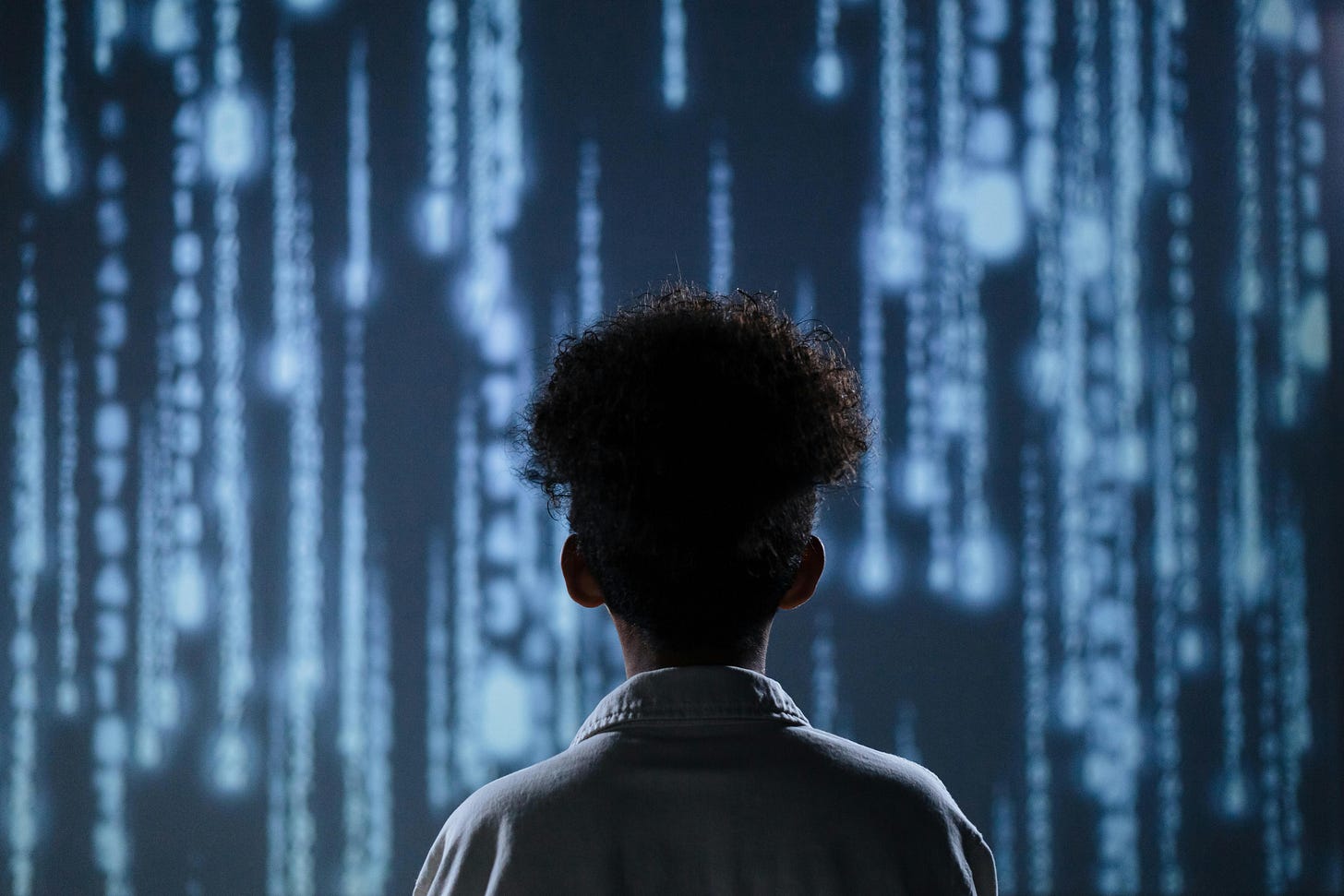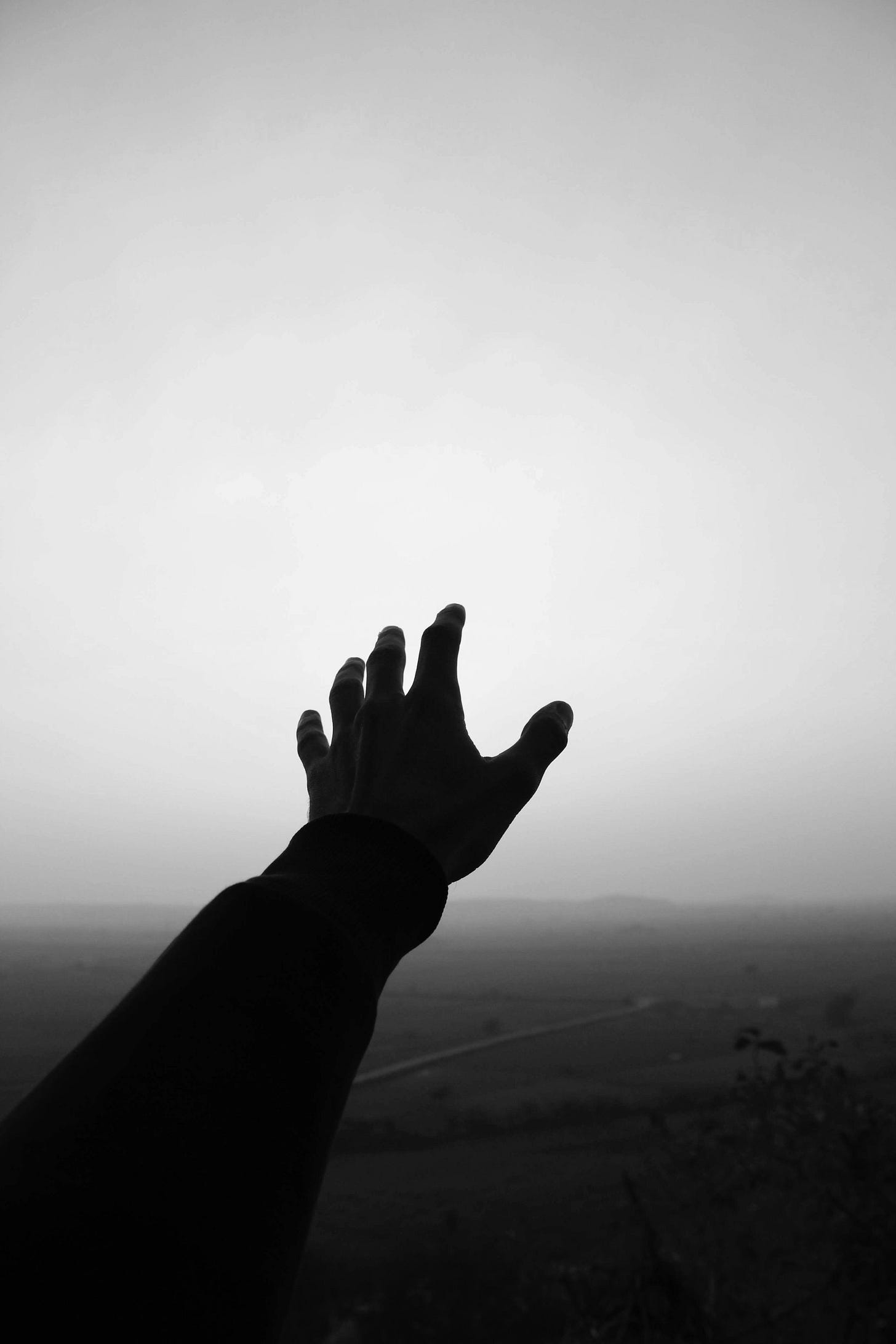The Future Belongs to Those Who Can See It
You’ve probably seen the phrase before:
“The future belongs to those who can see it.”
It's bold. Poetic. But it’s more than that—it’s a wake-up call.
In a world that’s shifting faster than we can sometimes process, seeing the future isn’t about prediction. It’s about perception. It’s not about having all the answers—it’s about asking better questions.
Vision is not a vibe. It’s a skill.
In business, marketing, entrepreneurship—there’s no excuse for operating with your head down anymore. Everything is changing in real time: how people communicate, what they value, how they spend their time and money.
The people and brands that will thrive are not necessarily the most funded, the most followed, or even the most creative. They’re the ones who see patterns before they harden into norms. Who understand that every shift in behavior is a signal—not a distraction.
Let’s get specific.
Photo by Ron Lach : https://www.pexels.com/photo/back-view-of-a-teen-boy-with-a-digital-background-9783353/
AI Isn’t Coming—It’s Already Reshaping Everything
If you're in marketing and you're still treating AI like a novelty or a "tool for later," you're already behind.
AI is:
Writing copy that passes as human.
Designing brand assets in seconds. - Check it out here
Powering hyper-personalized customer experiences.
Changing how consumers search, learn, and make decisions (think ChatGPT vs Google).
Smart brands and strategists ask, “How does this tech help us tell our story better, serve our audience smarter, and move faster without losing our soul?”
Culture Is Evolving—And Speed Is the New Strategy
We’re living in the age of TikTok attention spans and memeified world events. A trending sound can launch a small business into the spotlight overnight. A poorly timed campaign can kill a brand in minutes.
You can’t afford to just “keep up.” You need to build systems and mindsets that let you move with culture, not chase it.
That means:
Reading not just the trends, but what’s behind them.
Understanding the values and language of emerging communities - trust me it’s different.
Building brands that feel less like institutions and more like living, breathing humans.
They new audience doesn’t care about polished perfection. They care about realness, humor, perspective, and where you stand on things that matter.
Seeing the Future Means Noticing the Present
We often think seeing the future means gazing far ahead—futurism, forecasting, tech reports. Sure, that’s part of it - I used to even refer to myself as a futurist because I am obsessed with where the world is going.
But real vision? Now that I understand it better, it’s about zooming in.
It’s about noticing micro-behaviors, subtle shifts, small frictions, unexpected patterns. The smartest entrepreneurs, strategists, and brands don’t ask “what’s trending?”—they ask “what’s missing?”
Calendly didn’t invent scheduling.
It removed the awkward back-and-forth of “what time works for you?”Notion didn’t invent note-taking or project management.
It merged them into a flexible, visual workspace for the way modern teams actually think and collaborate.Canva didn’t invent graphic design.
It made it accessible to non-designers, empowering small businesses, teachers, and content creators with zero experience.Headspace didn’t invent meditation.
It packaged it for busy, anxious, screen-tired people in bite-sized, app-friendly sessions.Duolingo didn’t invent language learning.
It gamified it in a way that made consistency fun, and pushed the education space to rethink engagement.
You see the future by seeing people—clearly.
Adaptation is Creative Leadership
So how do we train ourselves to see better?
Read sideways. Don’t just follow your industry—study culture, tech, behavioral psychology, art, economics.
Listen differently. What are people not saying out loud? What feels clunky or outdated?
Prototype your thoughts. Don't wait for the perfect idea—build something and learn in motion.
Surround yourself with seekers. The curious, the restless, the people experimenting on the edge.
Because seeing the future isn’t about clairvoyance. It’s about being awake. Present. Bold enough to name what others overlook.
Final Thought
The future doesn’t belong to those who wait for it.
Or those who react to it.
It belongs to those who can see it coming—and start building in that direction now.
If you’re running a brand, leading a team, or launching a business—train your eye. Sharpen your instincts. Get obsessed with noticing. Because the game has changed.
And you don’t need to predict the next big thing.
You just need to see what’s already here—and act on it.
Photo by Swapnil Sharma: https://www.pexels.com/photo/grayscale-photo-of-person-s-hand-reaching-for-the-sky-1909964/





